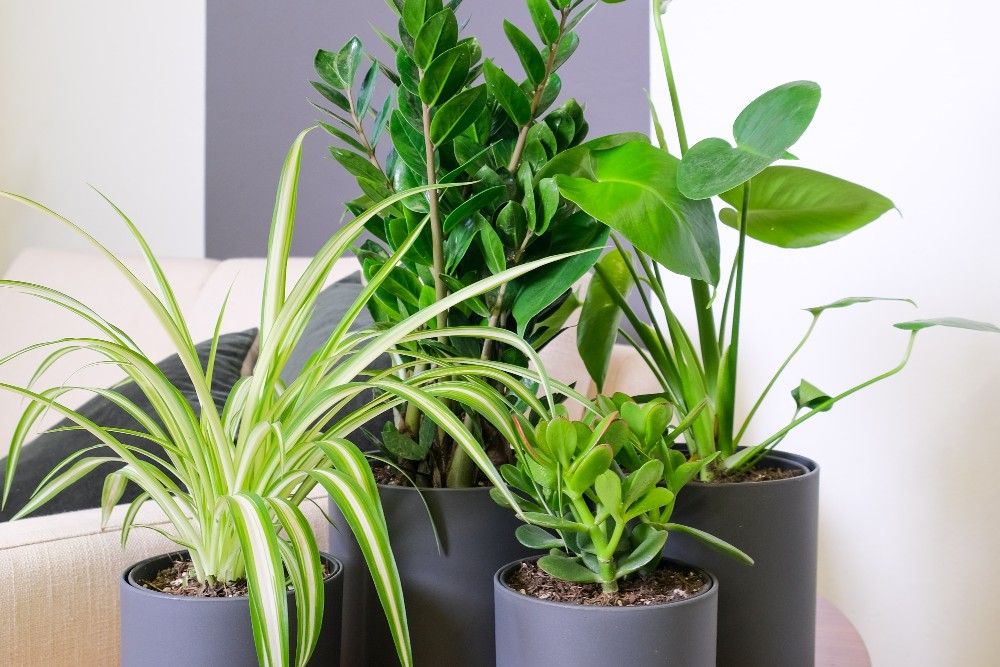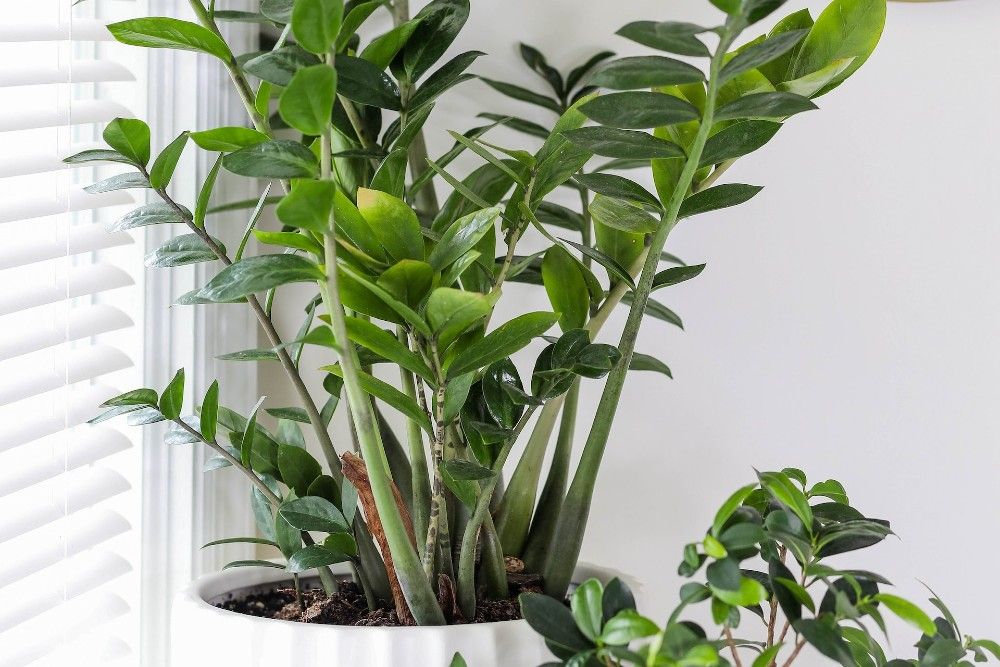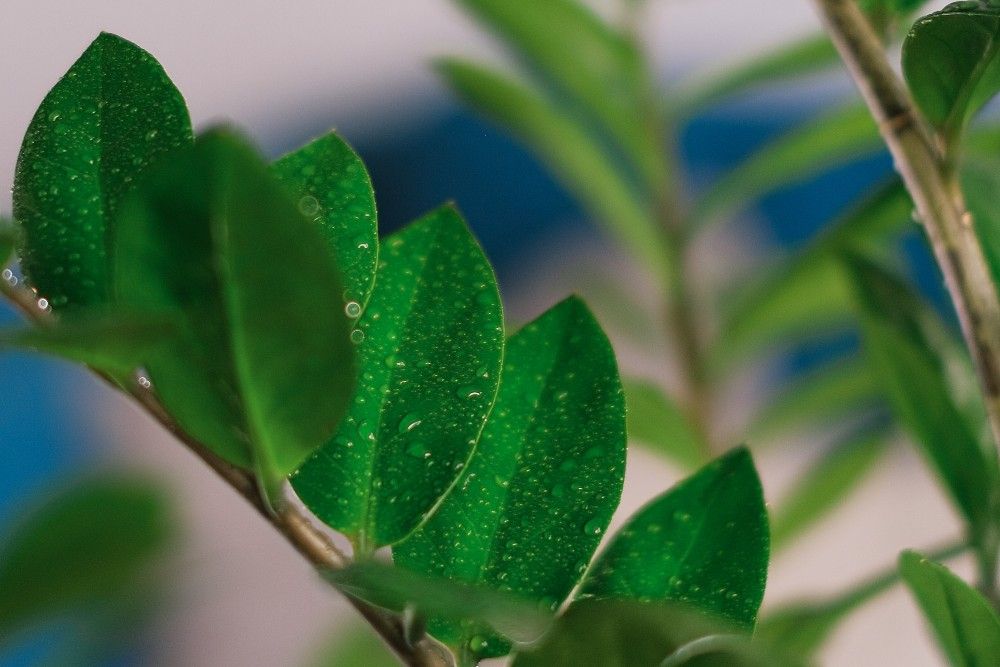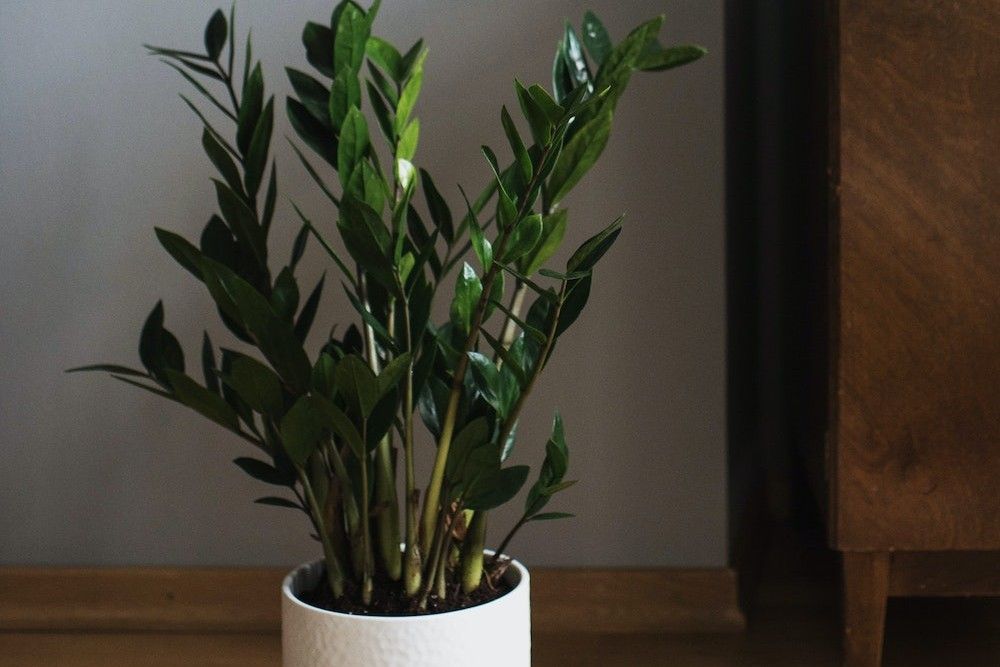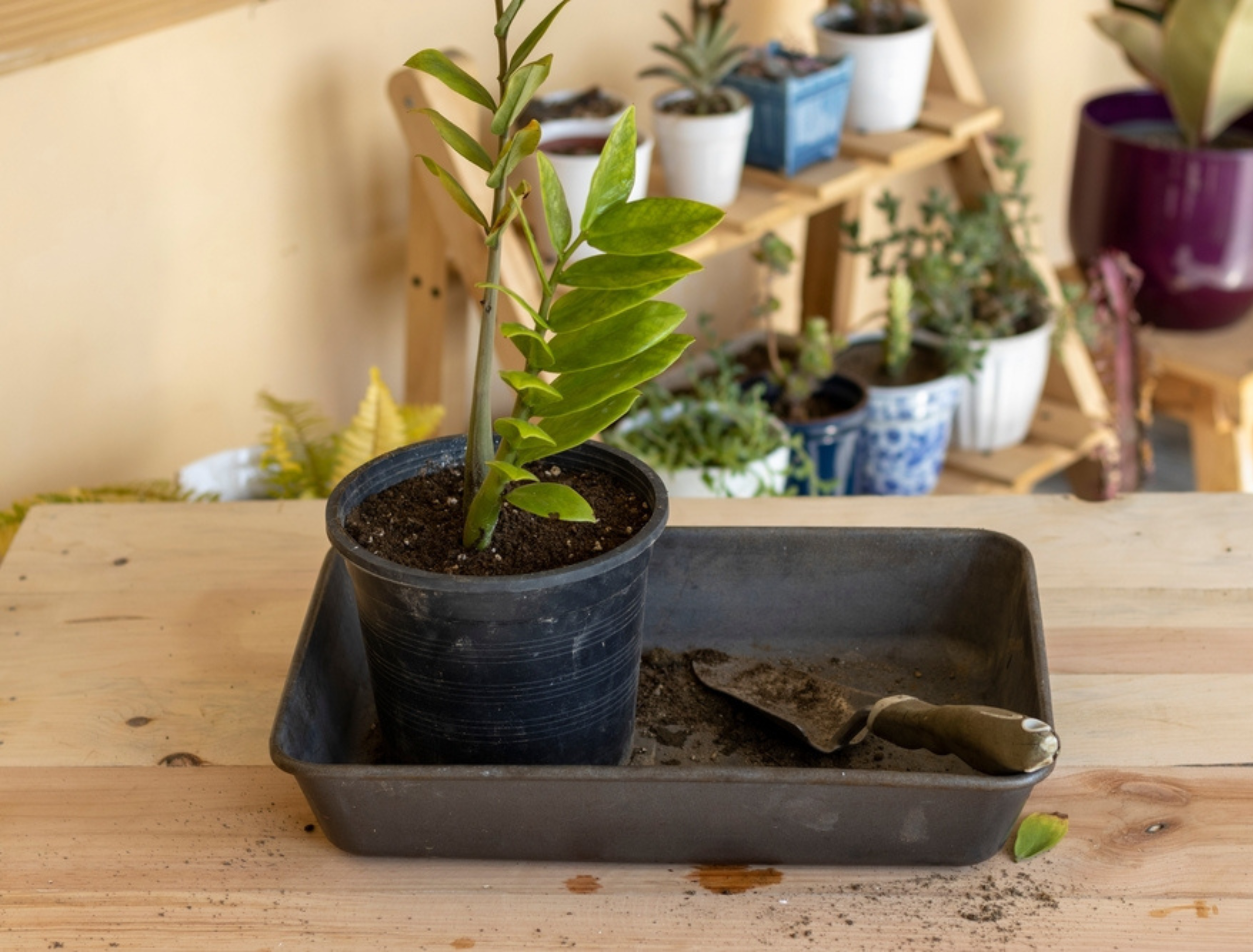ZZ plants are wonderful additions to any plant lover's collection. These tropical plants are commonly referred to as Zanzibar Gem or an Aroid Palm and are easy to grow and maintain indoors. Its oval-shaped green leaves and low-maintenance status make the ZZ plant a popular choice for all homes.
So whether you are looking for a new plant to add to your collection or maybe just a few growing tips for your current plant, below you will find everything you need to know about caring for your ZZ plant.
ZZ Plant
Image credits: feey via unsplash
ZZ plants (Zamioculca zamiifolia) are native to eastern Africa. These perennial plants are resilient and can handle drought-like conditions as they store water easily in their roots. ZZ plants are popular for their ability to adapt to different environments and handle different lighting conditions.
They are perfect for beginners or pros alike as they provide improved air quality, are easy to propagate, and have beautiful green foliage too!
How to Care for Your ZZ Plant
Sunlight
Image credits: Kadarius Seegars via unsplash
ZZ plants grow best in full sun. However, the sunlight should be indirect. Direct sunlight can impact the plant and cause the leaves to become discolored. ZZ plants can tolerate some shade, but the optimal growing conditions are ideally about six hours of indirect sunlight per day.
Don't be alarmed if your ZZ plant grows slowly. It's because it progresses at a slower rate and typically only reaches two to four feet tall. Also, keep in mind that if you place it in a partial shade, it will grow even slower. Too little sunlight may cause the plant to become leggy or stretch out of its container, searching for the light. If possible, keep your plant in a bright sunny area in dappled shade.
Water
Image credits: SHVETS production via pexels
ZZ plants have rhizomes that allow them to store water in their roots. The plant is very adaptable and can go for long periods without water. It doesn't mean you should neglect your plant though. You'll still want to water ZZ plants regularly to keep them growing healthy and strong.
ZZ plants need watering twice a month during their optimal growing season, which is typically in the spring and summer. One important thing to remember is that you need to allow the soil to dry out completely before watering again. A basic rule of thumb is to test the first few inches of soil, so you don't overwater. If the soil is dry to the touch, you can water your plant again.
In the winter, ZZ plants require less water and only need watering once a month. It is because the plant goes into a state of rest during wintertime and is dormant.
Pot and Soil Type
Image credits: Ksenia Chernaya via pexels
When planting your ZZ plant, use a container with drainage holes. You don't want to waterlog your plant or let liquid build-up at the bottom of its container. Especially since ZZ plants can tolerate irregular watering and prefer to be underwatered rather than overwatered. Proper drainage holes allow the plant to get the water it needs, and any excess will drain off.
ZZ plants can grow in just about any type of soil, but the best type to use is high-quality potting soil. You can also use a mixture of potting soil and perlite or use a soil mix that is made specifically for cacti and succulents.
Propagating ZZ Plants
Image credits: Bilalstock via Shutterstock
ZZ plants are quite easy to propagate, but cuttings take a while to develop and mature into full-sized plants. You can propagate this plant by division or by taking cuttings of its leaves or stem. Make sure to use sharp, clean scissors or gardening shears to do so.
From there, take the cuttings and place them into a cup with water. Once roots start to develop on the cuttings, you can transfer them into a container with soil. As mentioned above, ZZ plants are slow growers, so it can take a few months for any significant growth to develop and up to a year until you have a larger plant.
Add a ZZ Plant to Your Collection
It's easy to see why ZZ plants are adored by so many. They're easy to care for, foolproof to watering and light requirements, and add a certain ambiance to any space.
Just remember, ZZ plants are poisonous to pets and humans. The plant contains calcium oxalate crystals which can cause extreme irritation to the mouth and throat. Make sure to keep ZZ plants away from any furry friends or children.
Do you have any tips on how to care for a ZZ plant? Leave a comment down below with your experience!


